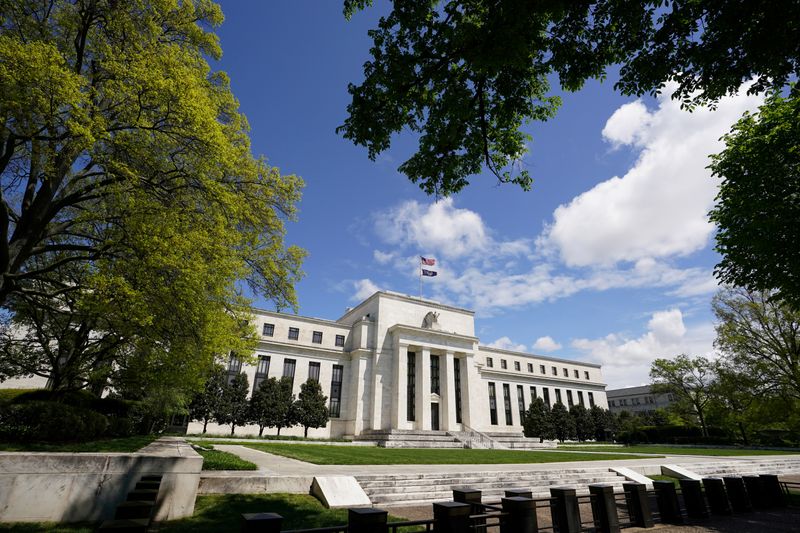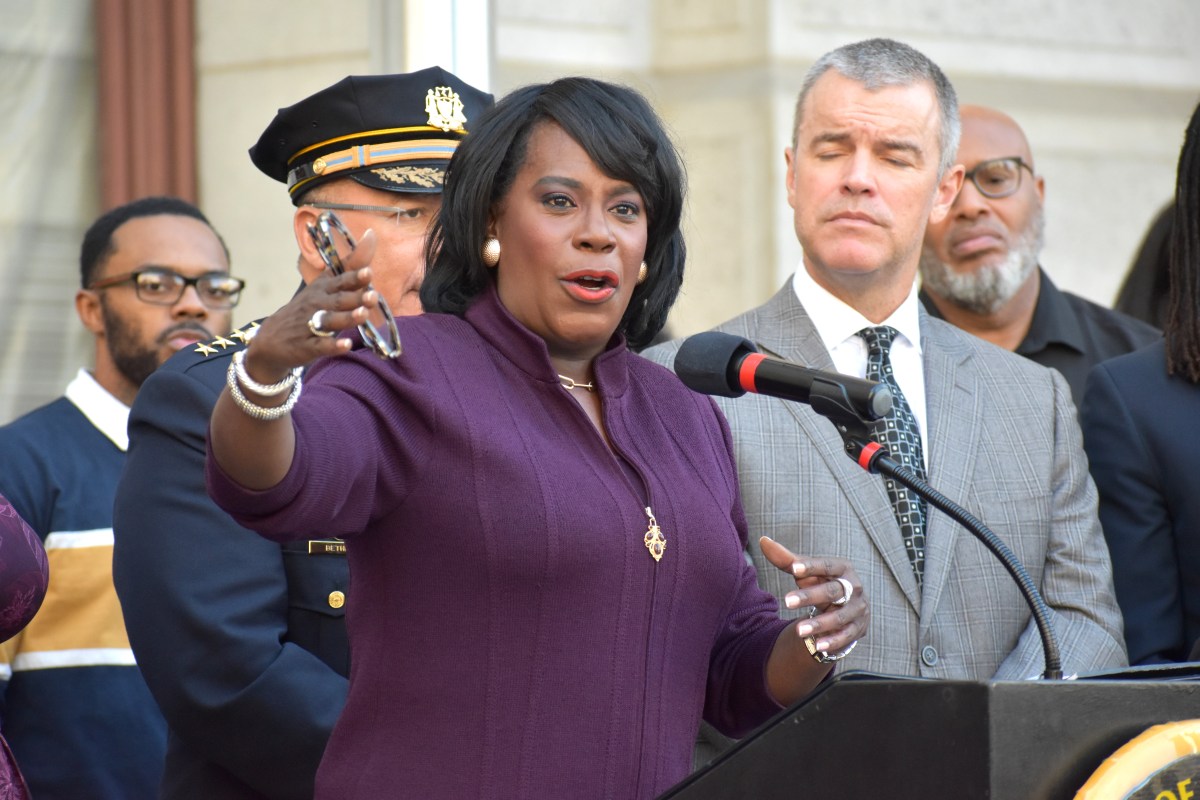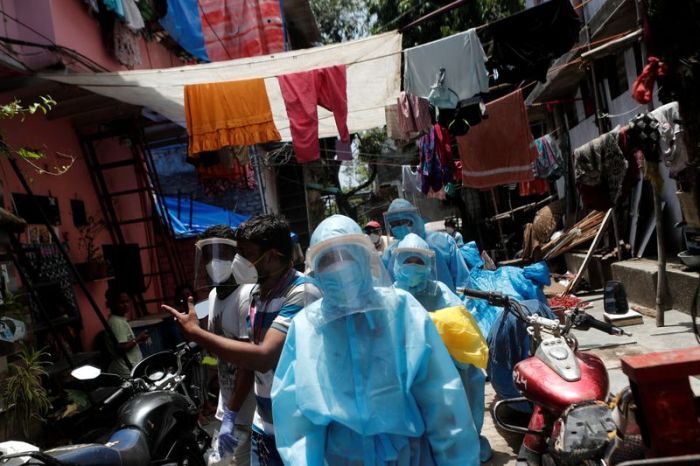(Reuters) – The Federal Reserve expects household finances and business balance sheets to suffer “persistent fragilities” as a result of the shock to economic activity arising from the coronavirus pandemic, the central bank said in a report to Congress on Friday.
In its twice-yearly Monetary Policy Report to U.S. lawmakers, the Fed also set out a litany of risks they see dogging any rebound from the cratering in output caused by widespread shutdowns imposed this spring to contain the spread of COVID-19.
“The strains on household and business balance sheets from the economic and financial shocks since March will likely create persistent fragilities,” the report said.
The central bank delineated a host of other concerns, such as a highly uncertain outlook for containing the outbreak, with a substantial risk for a resurgence in infections; a potential wave of business bankruptcies – among small businesses in particular – arising from the collapse in consumer demand; uncertainty about prospects for a recovery in demand for workers and possible downward pressures on wages; major stresses appearing in state and local government finances; and a potentially costly reconfiguration of global supply chains fractured by the disruption to trade.
Moreover, the COVID-19 recession, determined earlier this week to have officially begun in February, has weighed most heavily on the critical services sector, accounting for roughly two-thirds of U.S. economic output, and that may hamper the recovery.
“Unlike past recessions, services activity has dropped more sharply than manufacturing – with restrictions on movement severely curtailing expenditures on travel, tourism, restaurants, and recreation – and social-distancing requirements and attitudes may further weigh on the recovery in these sectors,” the report said.
The Fed said the pandemic’s hit to the labor market was “sudden, severe, and widespread” but pointed out that job losses disproportionately affected low-wage workers who may be less prepared to last an extended period of time without pay.
And it noted that state and local governments are under “significant stress” after facing a sharp drop in tax revenue. State and local governments continued to shed jobs in May even as the economy overall gained workers, providing an early sign that the worst of coronavirus-related job losses may be over.
LONG ROAD AHEAD
The release of the report, which precedes two days of congressional testimony by Fed Chair Jerome Powell next Tuesday and Wednesday, comes two days after the Fed wrapped up its latest policy meeting.
At the meeting, the Fed signaled the U.S. economy faces an arduous and uncertain recovery from the recession triggered by the coronavirus pandemic.
“It is a long road. It is going to take some time,” Powell said in a webcast press conference after the meeting.
In economic projections on Wednesday, Fed policymakers saw the economy shrinking at a 6.5% annualized rate in 2020 and the unemployment rate at 9.3% at year’s end. While officials saw growth snapping back somewhat in 2021, they projected the jobless rate would remain elevated. [nW1N2D901E]
That somber assessment of the outlook doused much of the optimism for a fast recovery that had been sown by the surprise growth in employment in May and factored heavily in Thursday’s dramatic sell-off on Wall Street, when U.S. stocks fell by the most since March.
On Friday, stocks staged an early rally, but by mid-afternoon had given back most of those gains and had recouped only a small fraction of Thursday’s 5.9% drop in the S&P 500 Index <.SPX>.
Powell and his colleagues have repeatedly reinforced their pledge to use all the tools at their disposal to foster a rebound, and Friday’s report reasserted that commitment. Since March, the Fed has slashed its benchmark overnight lending rate to near zero and rolled out nearly a dozen emergency programs to stabilize financial markets and provide credit for firms in need of capital to survive the downturn.
According to this week’s projections, all 17 current Fed policymakers see the key overnight interest rate, or federal funds rate, remaining near zero through next year, and 15 of 17 see no change through 2022.
Perhaps notably the Fed did not use the monetary policy report to call on Congress outright for further fiscal support, though in a separate report issued Friday on a series of community outreach events it noted that extra unemployment benefits expire this summer and “if the economic downturn continues and the benefits are not renewed” many families will not have the money for rent, food, or other bills.
On Wednesday Powell kept his admonition mild, noting the difficulty that potentially millions of people will have finding jobs again soon and saying “it’s possible that we will need to do more, and it’s possible that Congress will need to do more.”
(Writing by Dan Burns; Editing by Andrea Ricci)
























